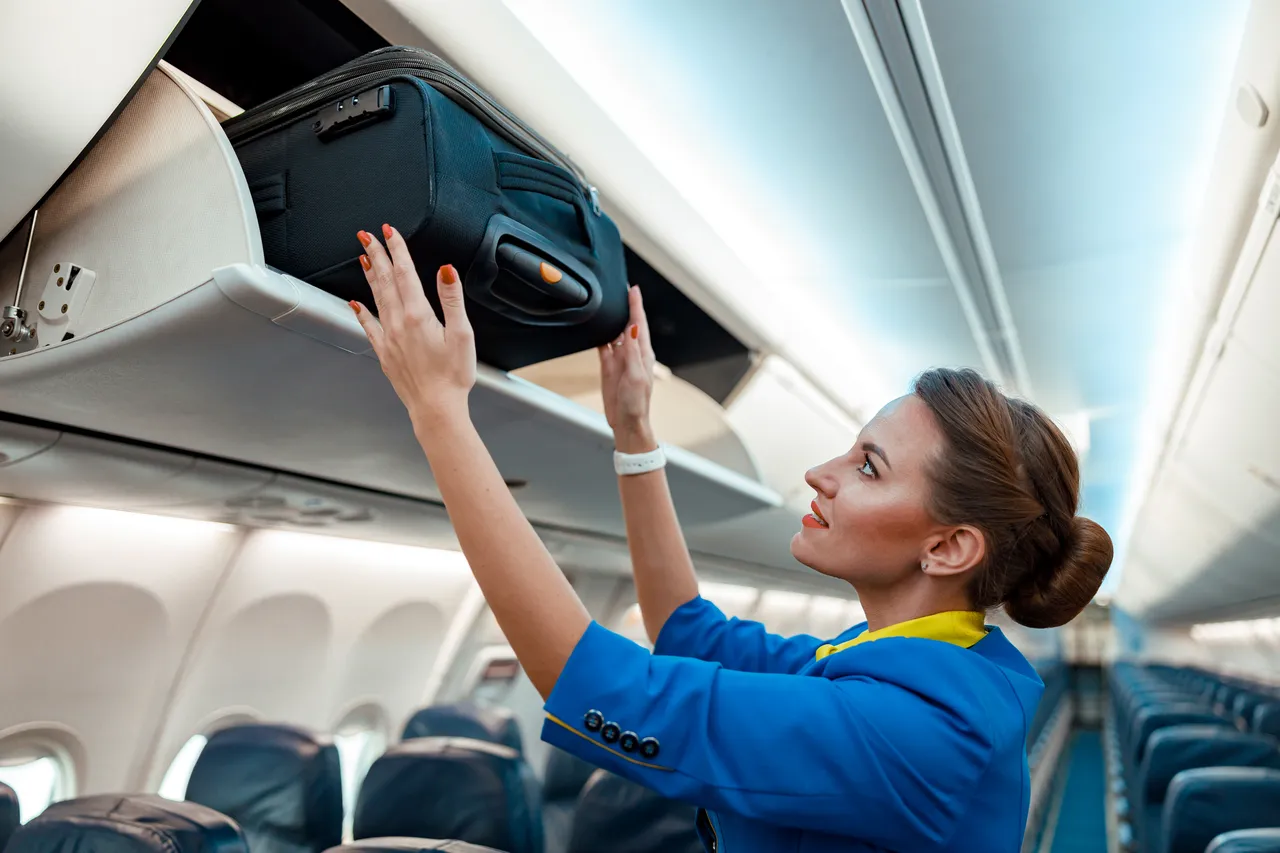- Whether you’re a regular or casual traveler, knowing airline baggage regulations is essential to ensure a smooth trip.
Size, weight, contents of luggage and prohibited or restricted items are all aspects to consider before departure. In this article, we will review the basic rules so you know and share with you some tips for a calm and pleasant plane journey. So fasten your seat belts and get ready to discover the secrets of good packing for worry-free travel.
Understanding the basic rules for your cabin baggage
Each airline has its own rules regarding dimensions and weight of cabin baggage. However, there are some general standards you should be aware of:
- The maximum size of cabin baggage is generally 55 x 35 x 25 cm (height x width x depth), including pockets, wheels and handles.
- The maximum allowed weight varies between 7 and 12 kg depending on the airline.
- In addition to cabin baggage, you can take one personal item (purse, laptop, etc.) according to each airline’s specifications.
Be sure to check the specific rules of the airline you are traveling with to avoid unpleasant surprises at the airport.
Liquids and similar products: alert point
Regulations on liquids in cabin baggage are strict and applies to gels, creams, sprays and pastes. Here are some points to respect:
- Each liquid container should not exceed 100 ml. This includes beverage bottles, toothpaste tubes, cream cups and other similar products.
- All liquid containers must be presented in a clear, resealable plastic bag with a maximum capacity of one liter (≈20 x 20 cm).
- Each passenger must present this bag separately when going through security.
These restrictions do not affect products purchased duty free as long as they are sealed in a tamper-proof security bag provided by the store.
Prohibited and restricted items in the cabin
Certain items and substances are strictly prohibited or regulated in the cabin For security reasons:
- Firearms and gun-like items (including toys)
- Sharp or pointed objects (knives, needles, etc.)
- Blunt objects that could cause injury (sticks, canes, etc.)
- Explosive, flammable or chemical substances (lighters, fireworks, etc.)
- Electric shock devices (tasers, stun guns, etc.)
There are also specific rules for electronic devices, medicines, baby food and religious items, so it’s important to be well informed before you travel.
Tip: prepare your cabin baggage according to the security checks
For facilitate passage through security checks and avoid delays, adopt these best practices:
- Place items that need to be taken through security (liquids, laptop, etc.) on top of your luggage.
- Reduce the number of metal objects (belts, jewelry, etc.) you carry to limit triggering metal detectors.
- If you are in doubt about something, check with the airline or rather include it in your checked baggage.
Checked Baggage: less restrictions but some rules to follow
Checked Baggage Rules are less strict than cabin baggagebut there are still some limitations:
- The maximum weight allowance varies by airline, travel class and ticket type. Excess weight is charged.
- Sharp, flammable objects and some categories of dangerous objects remain prohibited even in the cargo area.
- Lost or damaged baggage is subject to limited compensation under the Montreal Convention.
It is also preferable to avoid placing valuable, fragile or essential items in your checked baggage to minimize the risk of loss or delay.
Now that you are well informed about the rules and restrictions regarding your luggage on the plane, all that is left to do is pack your bags and enjoy your journey with complete peace of mind. Good flight !

